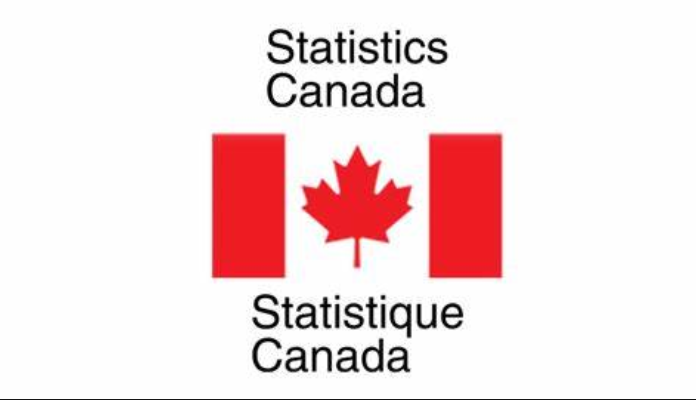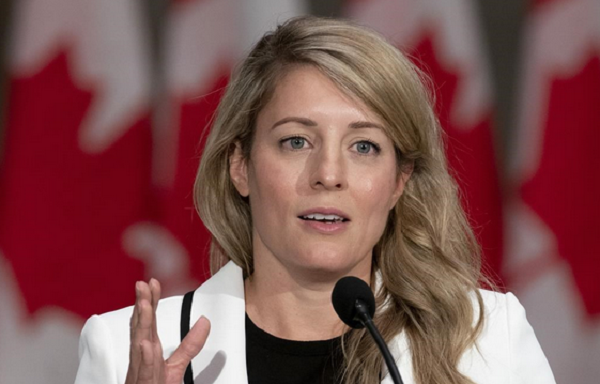Canadian economy expands at 1.7% annualized rate, April GDP likely up 0.3%
The Canadian economy expanded at an annualized rate of 1.7 per cent in the first quarter, missing forecasts, and real gross domestic product likely rose 0.3 per cent on a monthly basis in April, data showed on Friday.
The quarterly growth rate was slower than the 2.2 per cent pace forecast by analysts in a Reuters poll, as well as the Bank of Canada’s (BoC’s) 2.8 per cent forecast. Fourth-quarter GDP growth was revised to an annualized rate of 0.1 per cent from 1.0 per cent reported initially, Statistics Canada data showed.
The GDP report shows that Canada’s economy did not rebound from a soft patch last year as strongly as data initially suggested, and may convince the central bank to start lowering borrowing costs in June. Friday’s report is the last major data to be released ahead of the BoC’s interest rate announcement on June 5, when three-quarters of the 29 economists polled by Reuters expect a 25 basis-point cut.
Growth in the first quarter was driven by higher household spending on services, Statscan said, adding that slower inventory accumulations moderated overall growth.
On a per capita basis, household final consumption expenditures edged up 0.1 per cent in the first quarter, after three quarters of declines, Statscan said. Per capita spending on services increased 0.5 per cent, while per capita spending on goods declined for the tenth consecutive quarter.
On the month, GDP growth was flat in March from February, matching forecasts. While both goods-producing and services-producing industries stayed essentially unchanged, the construction subsector recorded a 1.1 per cent rise in March, the largest monthly growth rate since January 2022, Statscan said.
In an advance estimate for April, Statscan said GDP likely rose 0.3 per cent as increases in manufacturing, mining, quarrying, and oil and gas extraction and wholesale trade were partially offset by decreases in utilities.
April’s forecast means the economy started the second quarter on a positive note. The BoC, in economic forecasts released last month, said it expects a 1.5 per cent annualized growth rate in the second quarter.
After its last rate decision in April, when the BoC held its key policy rate a 23-year high of 5 per cent, Governor Tiff Macklem said a cut in June was possible if inflation continued to cool towards a 2 per cent target.
Statscan data earlier this month showed inflation eased to a three-year low of 2.7 per cent in April and core measures continued to cool.
Ahead of the release of GDP data on Friday, money markets saw a nearly 60 per cent chance a rate cut on Wednesday.
(Reporting by Ismail Shakil in Ottawa; Editing by Dale Smith)
This article was first reported by Reuters












